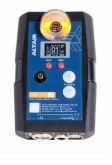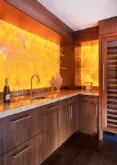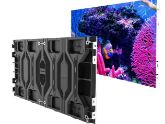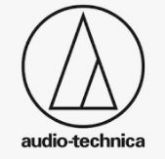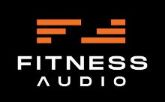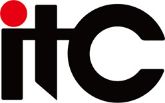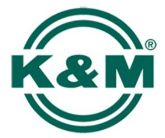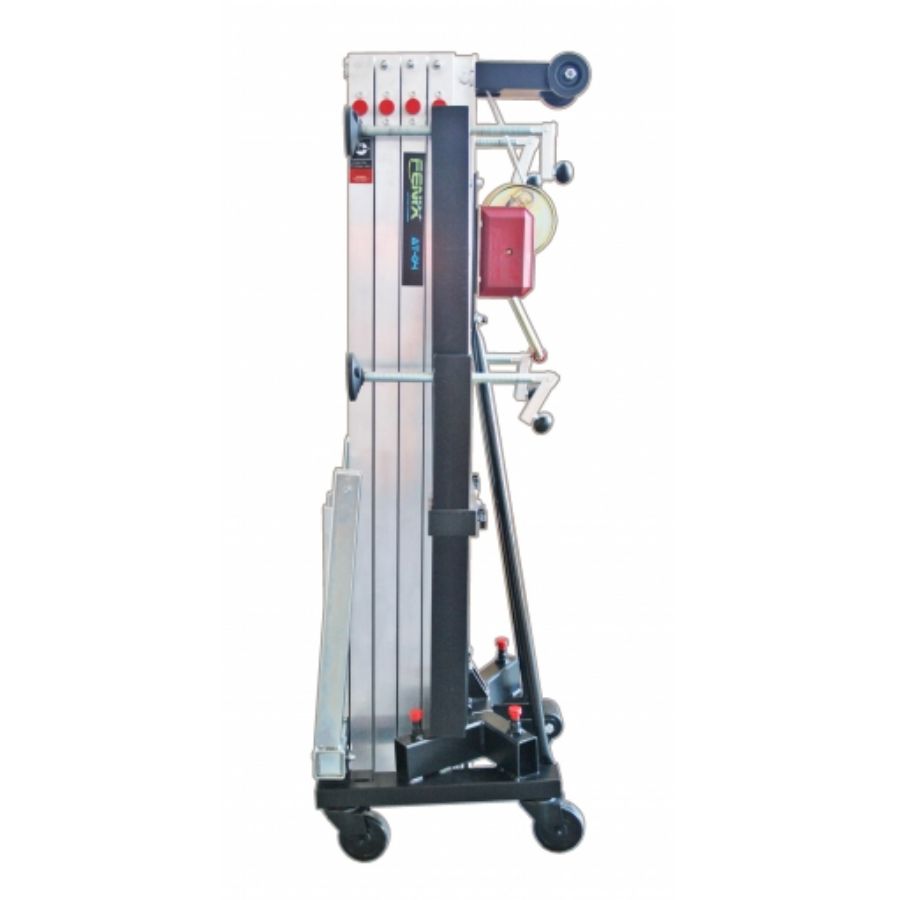
Choosing the Right Fenix Lifting Tower for Events and Rental Fleets
Fenix lifting towers are synonymous with reliability and performance in the world of event production and professional installations. Whether you're a seasoned event technician planning a major concert, a venue outfitting a new space, or a rental company building a versatile inventory, Fenix have a lifter for every application, so choosing the right Fenix tower can look complicated. These aren't just stands; they're engineered solutions for safely elevating lighting equipment, speakers and line arrays, and LED screens.
This detailed guide will help you navigate the Fenix range, ensuring you select the ideal towers for your specific needs, be it for one fixed purpose, type of event or a diverse rental fleet.
Understanding Your Requirements: The Blueprint for Selection
Before diving into the specifics of each Fenix series, assess your operational needs.
- Load Capacity: The Non-Negotiable Factor. This is the first consideration. What is the maximum weight you realistically need to lift? Always calculate the total weight, including fixtures and brackets, speakers, LED panels, and any other necessary rigging or adaptors. It's prudent to select a tower with a capacity that offers a comfortable buffer beyond your maximum anticipated load. Fenix towers offer a wide spectrum, from the 200kg capacity of the AT-04 to the robust 1000kg of the PACQ-1000 truss tower.
- Maximum Lifting Height: Reaching New Levels. How high do your luminaires, speakers, or screens need to go? Different venues and production designs demand different heights. The AT-04 reaches 5 meters, the AT-05 up to 5.4 meters, the AT-06 up to 6.5 meters, the Megara 300 to 6.1 meters, the ELV-200/6 to 6.4 meters, and the Hercules 8 extends to an impressive 8 meters. Consider ceiling clearances, sightlines for audiences, and the overall visual impact you aim to achieve.
- Primary Application: Tailoring the Tool to the Task.
- Speaker Lifts (Line Array Systems): Many Fenix towers, particularly the AT series, are explicitly designed for lifting line array speakers, offering front-loading capabilities for safe and efficient ground-level setup. The lifting forks can be inverted to get to the maximum height.
- Lighting Rigs and LED Screens: For larger lighting installations or extensive LED video walls, you'll need towers with appropriate load capacities and compatible mounting options.
- Truss Systems: If you're building intricate truss structures for complex setups, dedicated truss towers like the PACQ-1000 are designed to integrate seamlessly with truss components.
- Environment of Use: Indoor vs. Outdoor & Terrain.
- Indoor Events: For flat, stable indoor surfaces, most Fenix towers are suitable. Polyamide plates on the base help protect flooring.
- Outdoor Events: Wind resistance and uneven terrain become critical. Look for models with robust, adjustable legs and a wide footprint for enhanced stability. The ELV series, for instance, with its specialized "outrigger" system and tilting pads, excels in setting up on challenging or uneven ground, including leaning against walls or steps.
- Portability and Storage (Especially for Rental Companies):
- Folded Height and Weight: For rental companies with frequent transport and limited warehouse space, the folded dimensions and overall weight are crucial. Smaller models like the AT-04 (93kg, 1.59m folded height) offer excellent portability.
- Manoeuvrability: Most Fenix lifting towers include heavy-duty wheels and ergonomic handles for easier transport between vehicles and setup locations. The ability to move the tower horizontally (roller system on AT and Hercules series) further aids in tight spaces.
Key Features and Safety Mechanisms Across Fenix Towers
Fenix's reputation for quality stems from their robust design and unwavering commitment to safety. Here's what to look for:
- Front-Loading Design: A hallmark of many Fenix models (e.g., AT and Hercules series), this allows technicians to assemble and load equipment at ground level, then safely hoist it vertically. This dramatically reduces the risk of working at height during initial setup.
- Durable Construction: Fenix towers are typically built from high-strength aluminium alloy (e.g., AL Si 6082 / T6) for a balance of lightweight handling and exceptional durability. Some models, like the Megara and ELV series, utilize galvanized steel for their robust construction, offering excellent resilience.
- Reliable Winch Systems: High-quality, oversized winches (often AL-KO Compact series, with capacities like 500kg or 900kg) paired with galvanized steel cables (e.g., EN 12385-4 standard) ensure smooth, secure, and controlled lifting. The oversized design provides additional safety and better cable traction.
- Comprehensive Safety Features: Fenix prioritizes safety with multiple redundant systems:
- Automatic Leg Locking System: Ensures the outriggers are securely anchored quickly and efficiently.
- Safety Pins: Act as mechanical stops, preventing accidental drops and ensuring stability at desired heights. They also allow for even load distribution during height adjustments.
- Internal Safety Pendulum (Front-Loading Towers): A critical safety mechanism that automatically blocks the tower if a sudden drop is detected (e.g., due to cable breakage).
- External Triggers in Sections: Provide additional security, locking each telescopic section.
- Built-in Spirit Level: Essential for precise vertical positioning, ensuring optimal stability and even load distribution.
- Reinforced Base: Designed to support heavy loads and high elevations, enhancing overall stability.
- Polyamide Plates: Used on the base to offer superior resistance compared to metal and prevent damage to flooring.
- Leg Attachment: Safety Pins or Base Triggers: Different series may employ different leg locking mechanisms, all designed for secure deployment.
- Compatibility with Accessories: Look for towers that readily accept Fenix's range of accessories, such as adjustable brackets for different truss sizes, line array adaptors, T-bars for lighting, or stands for specific speaker systems.
A Closer Look at Fenix Tower Series
Let's compare some key Fenix series relevant to event and rental applications:
- Fenix AT Series (e.g., AT-04, AT-05, AT-06):
- Description: These are the most popular, versatile front-loading lifting towers known for their easy front-loading and aluminium construction. They are ideal for lifting line array systems, lighting, and LED screens from ground level.
- Key Features: Front-loading design, internal safety pendulum, external triggers, automatic leg locking, built-in spirit level, and transport handles/rollers.
- Use Cases: Perfect for small to medium-sized concerts, corporate events, trade shows, and general stage construction. Good for rental too.
- Specifications:
- Fenix Megara Series (e.g., Megara 200, Megara 300):
- Megara 200: Max height ~6.4m, Max load ~200kg, Folded height ~1.92m, Weight ~86kg.
- Megara 300: Max height ~6.1m, Max load ~300kg, Folded height ~1.92m, Weight ~90kg.
- Description: Telescopic lifting towers with a traditional leg system, often constructed from galvanized steel, offering robustness and durability. They are designed for general lifting of sound systems, lighting, and truss.
- Key Features: External trigger safety system, safety pins, reinforced base, polyamide plates, and a precise leveling bubble. Compatible with a wide range of accessories for truss and speakers.
- Use Cases: Suitable for medium to large events, permanent installations, and rental fleets where durability and higher capacities are needed, especially in less demanding terrain scenarios.
- Specifications:
- Fenix ELV Series (e.g., ELV-150/5, ELV-200/6, ELV-230/5, ELV-300/6):
- Description: Telescopic lifting towers often made of galvanized steel, distinguished by their highly adaptable "outrigger" system designed for uneven terrain. Their adjustable legs and tilting pads allow for secure setup even when leaning against walls or steps.
- Key Features: External trigger safety, safety pins, reinforced base, unique tilting pads for superior ground contact, and adjustable tensioners for uneven surfaces.
- Use Cases: Ideal for challenging outdoor environments, historical venues with uneven floors, tight spaces where conventional outriggers might not fit, and rental companies requiring highly versatile towers for diverse job sites.
- Specifications (examples):
- Fenix Hercules Series (e.g., Hercules 8, Hercules 6.5 Plus):
- Description: Heavy-duty, front-loading aluminum towers for the most demanding applications, offering high load capacities and greater heights.
- Key Features: Enhanced safety systems, reinforced design for extremely heavy loads, and often double-handle winches for easier lifting.
- Use Cases: Large-scale concerts, festivals, and installations requiring significant height and weight capacity, as well as premium rental fleets.
- Fenix PACQ-1000 Truss Tower:
- Description: A specialized truss tower designed for lifting large sound systems or truss structures, integrating directly with Fenix SQR-40 trusses.
- Key Features: High load capacity (1000kg), steel base with detachable, levelable legs for stability.
- Use Cases: Large festival stages, major indoor arenas, and complex production setups requiring integrated truss solutions.
Tailoring Your Choice: Event Planner vs. Rental Company
- For Event Planners & Production Managers: Focus on the immediate needs of your specific event. What are the venue constraints? What are the exact weight and height requirements of your equipment? Consider ease of setup/teardown for your crew and the aesthetic integration of the towers into your design. The AT series is often a go-to for its balance of capacity, height, and user-friendliness. For larger scale or more intricate needs, exploring Hercules or specific truss towers might be necessary.
- For Rental Companies: Your considerations extend beyond a single event.
- Versatility: Can the tower handle a wide range of common rental applications (speakers, lighting, screens)?
- Durability and Longevity: Will it withstand constant transport, setup, and teardown cycles? Steel construction (Megara, ELV) or robust aluminium (AT, Hercules) is key.
- Ease of Maintenance: Are parts readily available? Is the design straightforward for quick inspections and servicing?
- Transport Efficiency: How many units can fit in a standard rental truck? Compact folded dimensions are a bonus.
- Adaptability to Various Sites: The ELV series, with its ability to cope with uneven terrain, can be a significant advantage, expanding your rental opportunities.
- Return on Investment: Balance initial cost with expected rental income and lifespan.
The Final Decision: Informed and Confident
- Quantify Your Needs: Determine precise maximum load, maximum height, and typical operational environment.
- Prioritize Safety: Never compromise on safety features. Fenix's adherence to CE and TÜV standards is a strong indicator of quality.
- Evaluate Portability vs. Robustness: Balance ease of transport with the necessary stability and load-bearing capabilities.
- Compare Series: Use this guide to narrow down the Fenix series that best align with your quantified needs and specific use cases (event-specific or rental fleet versatility).
- Consider Long-Term Value: For rental companies, think about the tower's lifespan, potential for damage, and ease of repair, all of which impact your bottom line.
By considering and weighing up these factors, you can confidently choose the right Fenix lifting tower, ensuring your equipment is elevated safely, efficiently, and reliably for every event or rental deployment.

